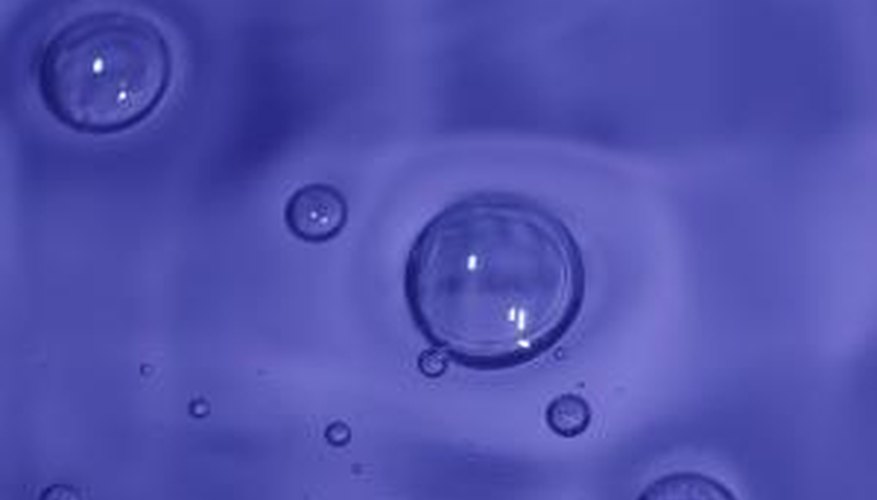Painting is a part of many home improvement and redesign projects, and many do it yourselfers discover that there is more to the project than simply brushing on a few strokes of colour. A dirty surface and lack of primer can leave your paint project feeling tacky (sticky) even after the recommended drying time for your chosen product. You can try to fix the sticky paint with heat, or simply strip the surface and start over.
Plug in a hair dryer and set it on its lowest setting.
Hold your hand just above the paint surface. Aim your blow dryer at the surface so that the air blows on both your hand and the paint. If at any time the heat is too high for your hand, you are risking burning or bubbling the paint.
- Painting is a part of many home improvement and redesign projects, and many do it yourselfers discover that there is more to the project than simply brushing on a few strokes of colour.
- Aim your blow dryer at the surface so that the air blows on both your hand and the paint.
Run the hair dryer over the entire painted surface to try to help the tacky paint dry. The heat may remove some of the moisture from the paint. If you cover the entire surface twice and see no difference, you will have to strip and replace the paint.
- Run the hair dryer over the entire painted surface to try to help the tacky paint dry.
- If you cover the entire surface twice and see no difference, you will have to strip and replace the paint.
Scrape the tacky paint off of the surface with a flat edged plastic or metal scraper. Make sure you keep the scraper flat at all times to avoid scratching or gouging the surface.
Apply a thin layer of chemical paint stripper or solvent cleaner (like white spirit) to the surface with a rag as necessary to aid in removing the paint. Continue until you have removed all paint.
Clean the entire surface with solvent cleaner or deglosser to remove all dirt, dust, oil, wax or grease. Any of these contaminants can make the paint tacky when application is complete. Rinse the surface with a rag dampened in clean water and then dry it thoroughly with a clean towel.
Prime the surface with oil-based primer to help the paint adhere and dry. Coat the surface in a thin coat of primer (use multiple coats if instructed by the product) and allow it to dry completely before continuing.
- Clean the entire surface with solvent cleaner or deglosser to remove all dirt, dust, oil, wax or grease.
- Prime the surface with oil-based primer to help the paint adhere and dry.
Paint the surface again. Be sure to follow manufacturer's instructions regarding the number of coats to use, as well as appropriate drying time. With a clean and primed surface, the paint will dry to the proper consistency.
TIP
Some primers will cling to the tacky surface, eliminating the need to strip the tacky paint. Read and follow all product instructions. If you are painting wood, lightly sand the surface with fine grit sandpaper before priming and before each coat of paint to open the grain of the wood and increase adhesion.
WARNING
Paint thinners and paints produce strong fumes. Ventilate your work area before beginning.
